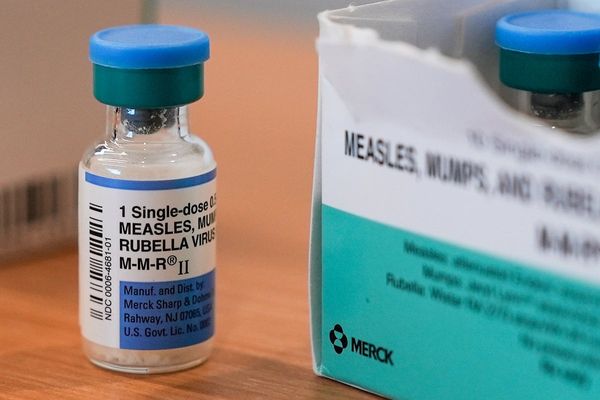
-
Joshua, 7, asks: when were sums invented and why?
By Miss Potter in a school in Devon 250 years ago
In West Asia, 5,000 years ago, for trading goods
Henry VIII invented sums so he could count his wives
In Victorian times for paying taxes
-
May, 8, asks: how do pigeons always find their way home?
They navigate using Earth’s magnetic field
They follow tiny noises created by the Earth and sea
They use landmarks they recognise, like rivers
All of the above
-
Natasha, 10, asks: why do smaller mammals tend to have more babies than big ones do?
Larger animals are lazier
Small mammals are in greater danger from predators
Large animals don’t live as long
To keep warm in winter
-
Leila, 5, asks: why do bees have stripes?
To warn off humans
As camouflage
To attract each other
We don’t really know!
-
Fatima, 9, asks: if you are upside down and you eat something, how does your food go down?
Your stomach sucks your food towards it
Muscles in your oesophagus push food down to your stomach
Saliva in your oesophagus washes the food down
When you swallow you suck in air, which pushes food towards your stomach
Solutions
1:B - Mathematical sums were first used in about 3,400BC, in an ancient region called Mesopotamia. Locals used maths to help them buy and sell goods as well as to record time., 2:D - All of the above! Researchers believe pigeons do have tiny sensors that can pick up the Earth’s magnetic field, but they also seem to use low-frequency infrasound as well as following roads and rivers they recognise to find their way home., 3:B - Smaller animals face greater danger from predators because it’s harder for them to defend themselves. Small mammals tend to have more babies so there is a higher chance some will survive., 4:D - It's true that we don’t really know! It could be to warn potential predators that they can sting, and to stay away – but not all bees are black and yellow striped. Some bees are orange and black with no stripes, and some are brown and amber striped., 5:B - There are muscles in your oesophagus that contract to push the food down into your stomach – even when you’re hanging upside down!
Scores
-
5 and above.
-
4 and above.
-
3 and above.
-
2 and above.
-
0 and above.
-
1 and above.
Molly Oldfield hosts Everything Under the Sun, a weekly podcast answering children’s questions, out now as a book.
Does your child have a question? Submit one here







